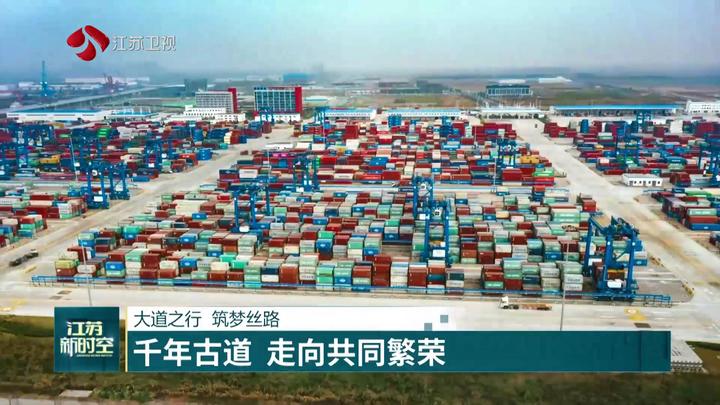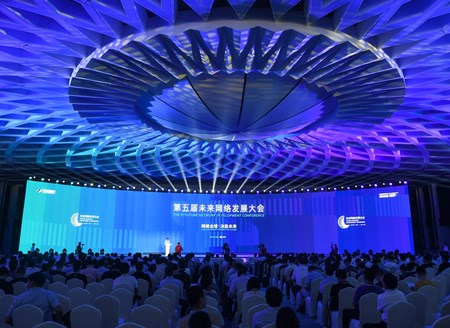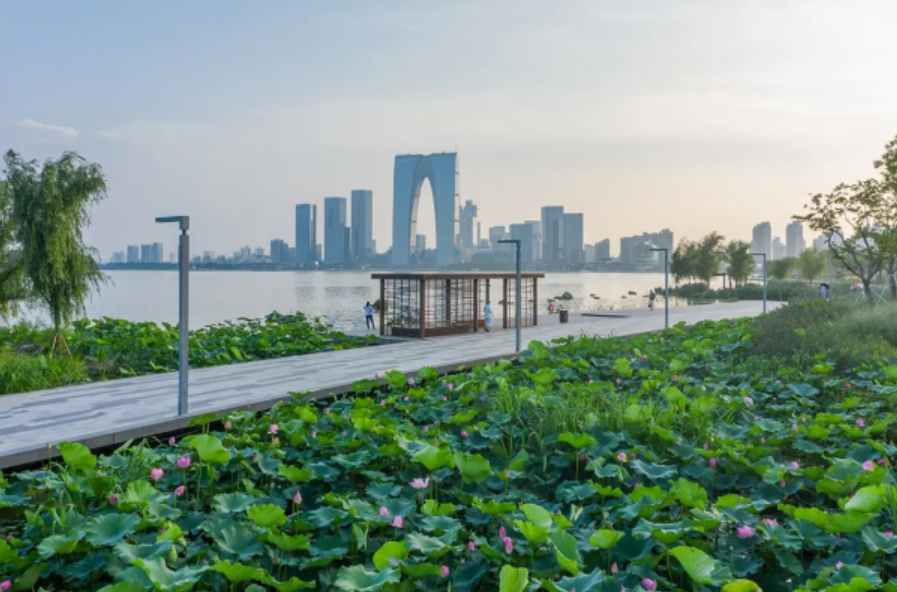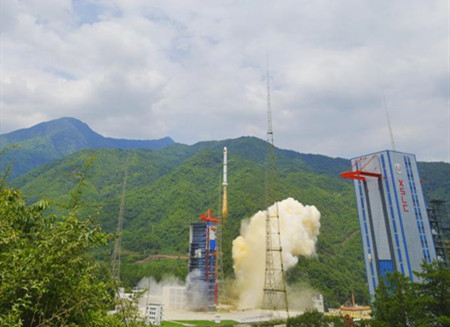The year 2023 marks the tenth anniversary of the joint construction of "the Belt and Road" initiative. After 10 years of hard work, "the Belt and Road" has been transformed from concept to action and from vision to reality to become a popular international public product and the largest international cooperation platform that contributes Chinese wisdom, Chinese solutions and Chinese strength to building a community with a shared future for mankind. Starting today, JSBC will air a series of coverage to mark the 10th anniversary of the BRI.
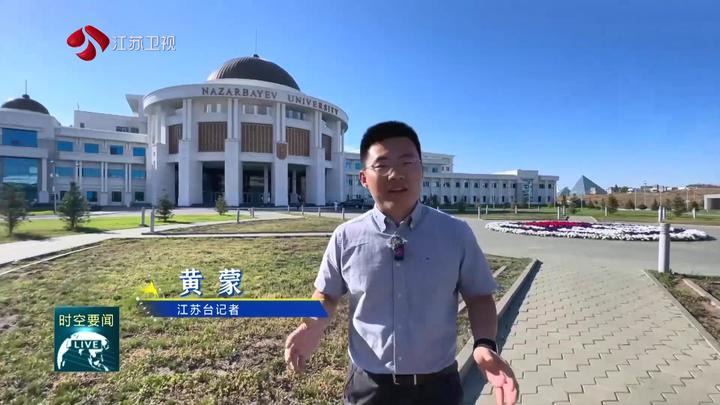
On September 7, 2013, during his visit to Kazakhstan, President Xi Jinping delivered an important speech titled "Promoting People's Friendship and Creating a Better Future Together" at Nazarbayev University in Kazakhstan. It is in this speech that President Xi Jinping proposed for the first time the great initiative of jointly building the "Silk Road Economic Belt", which opened a new chapter of resonance between the "Chinese Dream" and the "World Dream".
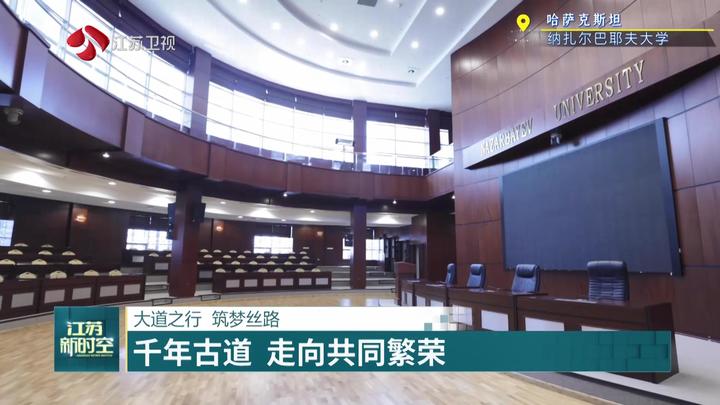
When visiting Nazarbayev University, we met Professor Loretta O'Donnell from Australia. In 2013, it was her first year teaching at Nazarbayev University.
“In recent years, we have established the ‘Asian University Alliance’ and the ‘Silk Road University Alliance’. Scholars from all over the world have come together to carry out research on the Silk Road because of ‘the Belt and Road’ initiative. What we are doing now is actually a reproduction of the spirit of openness and inclusiveness on the Silk Road, and all of this comes from President Xi Jinping's speech at the time”, Loretta O'Donnell, Deputy Provost of the Office of the Provost of Nazarbayev University, said.
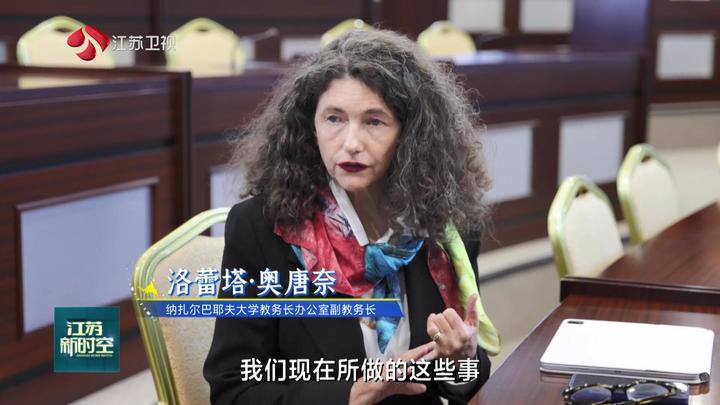
In October 2013, one month after leaving Nazarbayev University, President Xi Jinping was invited to deliver a speech to the Indonesian parliament where he proposed the initiative to jointly build the 21st Century Maritime Silk Road for the first time. The great idea of "the Belt and Road" initiative thus took shape to open a new chapter in international cooperation.
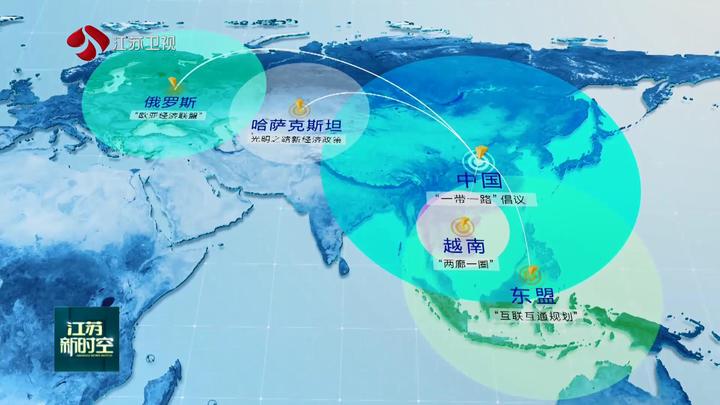
Less than a year after “the Belt and Road Initiative” was put forward, the first physical project was officially launched in Lianyungang city of Jiangsu Province, China, under the witness of the heads of China and Kazakhstan.
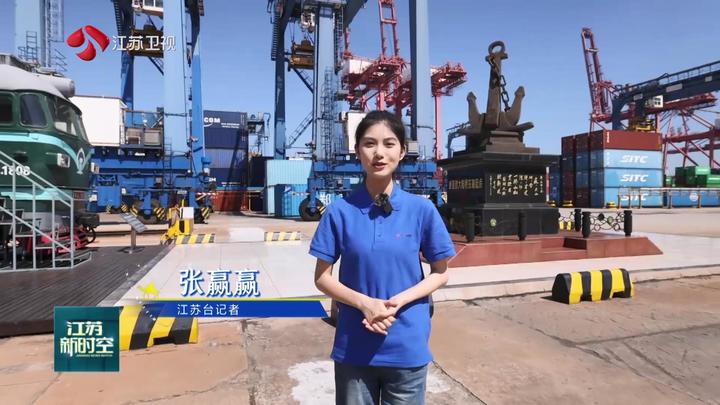
As the world's largest landlocked country, having a sea area and a good port is the aspiration of many Kazakhstanis. In 2022, Mahjan, a young man from Kazakhstan, started to work at the China Kazakhstan Lianyungang Logistics Cooperation Base. Here, he not only saw the sea for the first time, but also witnessed the real changes brought to his country by "the Belt and Road" initiative.
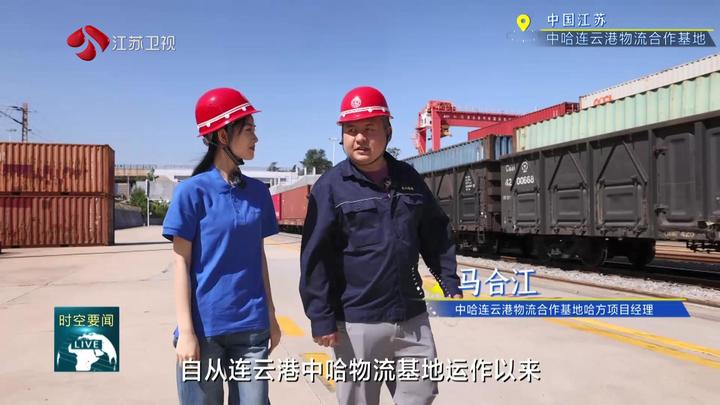
“Since the operation of the China Kazakhstan Logistics Base in Lianyungang, Kazakhstan has had its own export port. About 80% of the transit goods entering Kazakhstan now pass through the China Kazakhstan logistics base”, Mahjan, Kazakhstan Project Manager of China Kazakhstan Lianyungang Logistics Cooperation Base, said.
The "Khorgos East Gate" dry port jointly built by China and Kazakhstan is located 15 kilometers away from the border between China and Kazakhstan. According to historical records, this was once a post station on the ancient Silk Road, and thousands of years later, the "steel camel caravan" intersected here.
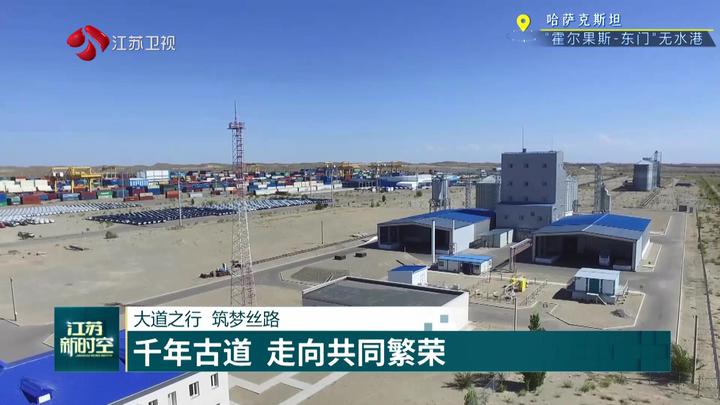
Goods such as wheat and ore produced in Central Asia are transferred here to China's wide gauge train and heading towards Lianyungang, where they are ready to be exported. Goods such as mechanical and electrical products and automobiles from China, Japan and South Korea are transferred here to Kazakhstan's narrow-gauge train, carrying the wind of the Pacific all the way westward into the interior of Asia.
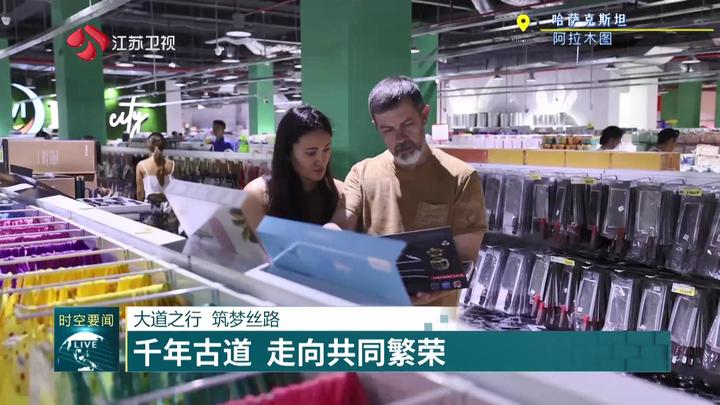
In Almaty, IVI, the largest Chinese supermarket in Kazakhstan, over 10000 Chinese products provide local people with high-quality and affordable choices. Since its opening in March this year, the supermarket has recorded a monthly revenue growth rate of over 100%.
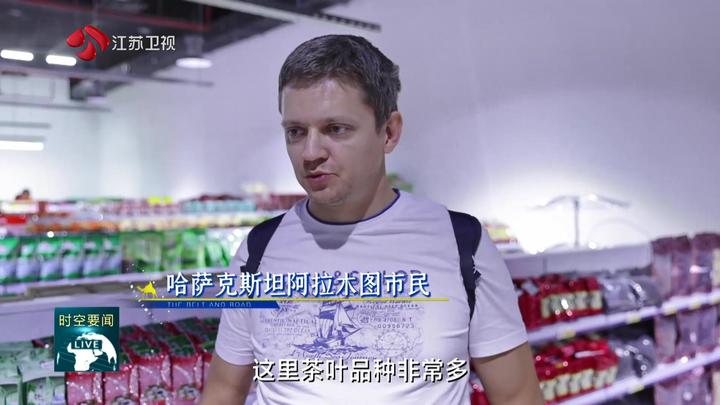
“I really like Chinese tea. There are many varieties of tea here, and the key is good quality and affordable price, which is very good”, a citizen of Almaty, Kazakhstan, said.
Wei Alita Ilina, manager of the supermarket, comes from Xinjiang, China. In the 1990s, the Ilina family came to Kazakhstan to venture into life and opened their first supermarket in Almaty. In recent years, with the rapid development of China-Europe trains, Ilina's business in Kazakhstan has grown rapidly by opening supermarkets from one to six.
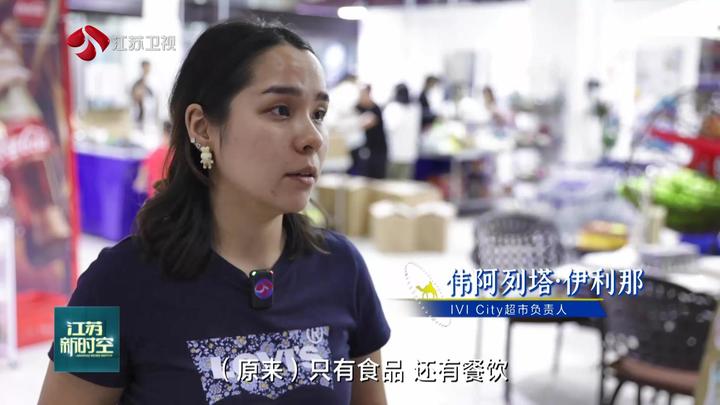
“Since ‘the Belt and Road’ initiative was put forward, goods have been sold quickly, and there are more varieties. In the past, there was only food and catering, but now it is different. Now there are general merchandise, lamps, bedding, stationery, motorcycles, and more than 10000 kinds of goods, which are well adapted to the needs of local customers”, Wei Alita Ilina, Manager of the IVI City supermarket in Almaty, said.
In 2022, the railway freight volume between Kazakhstan and China reached a new record of 23 million tons, an increase of about 10 times in a decade. The bilateral trade volume between the two countries has exceeded 31 billion US dollars. The cultural exchanges between the two countries are deepening day by day, with China opening five Confucius Institutes in Kazakhstan. At the same time, the Luban Workshop is about to be opened, injecting new vitality into the cooperation between the two countries.
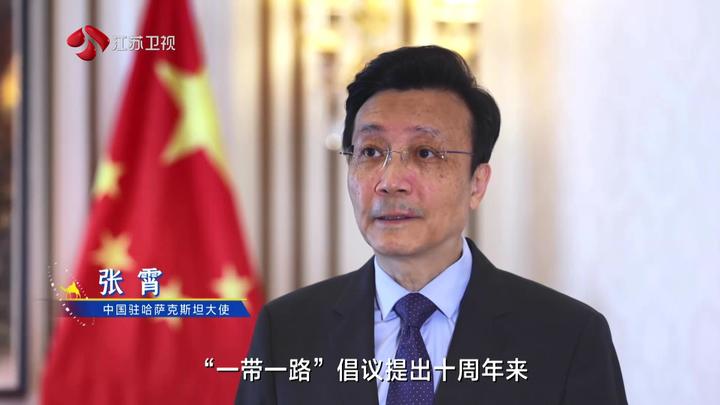
“Over the past decade, under the strategic guidance of the heads of state of the two countries, China and Kazakhstan have adhered to the principle of joint consultation, joint construction and sharing so as to have turned the joint construction of ‘the Belt and Road’ from a blueprint into a reality, and successfully achieved the effect of ‘one plus one is greater than two’, bringing tangible benefits to the two peoples”, Zhang Xiao, Chinese Ambassador to Kazakhstan, said.
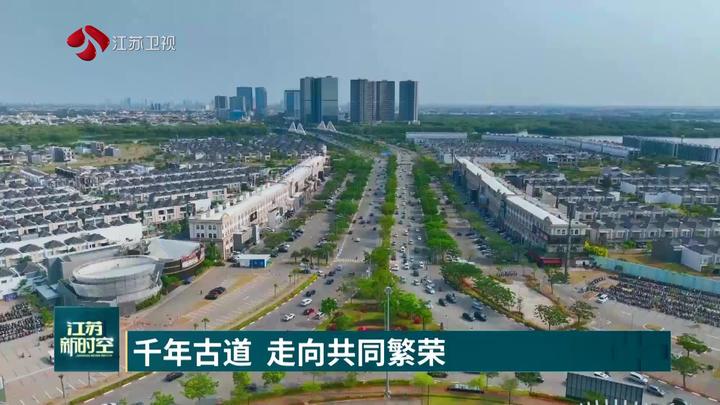
By July 2023, more than three quarters of countries and more than 30 international organizations in the world have signed cooperation documents on jointly building "the Belt and Road". The joint construction of "the Belt and Road" has promoted the prosperity and development of the joint construction country by grasping the greatest common denominator of development, taking the "hard connectivity" of infrastructure as an important direction, the "soft connectivity" of rules and standards as an important support, and the "heart connectivity" of the people as an important foundation and implementing one by one the "national landmarks", "livelihood projects", and "poverty reduction projects".
Over the past decade, "the Belt and Road" initiative has generated more than 3000 cooperation projects, stimulating investment of nearly one trillion dollars. The import and export volume of goods trade between China and the Belt and Road countries has increased by 8.6% on an annual basis, and the two-way investment has exceeded 270 billion US dollars. The overseas economic and trade cooperation zones built by Chinese enterprises in the Belt and Road countries have created 421 thousand local jobs. A World Bank research report predicts that by 2030, the BRI will enable 7.6 million people in relevant countries to escape from extreme poverty and 32 million people from moderate poverty.
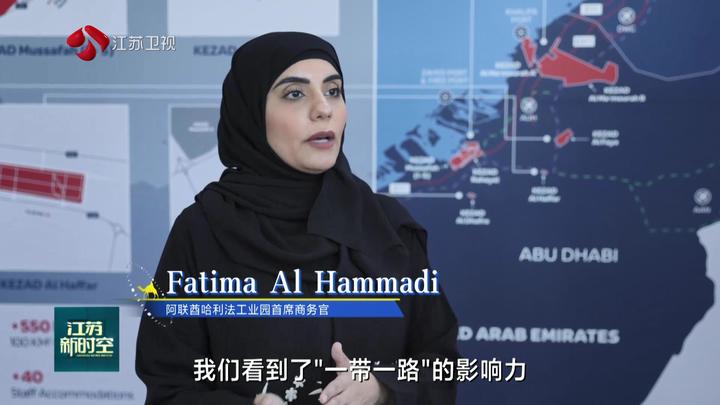
“In the past four or five years of cooperation, we have seen the influence of the Belt and Road Initiative. We hope that more enterprises from China and other regions around the world can settle in the park and bring assistance to the economic transformation of the United Arab Emirates through win-win cooperation”, Fatima Al Hammadi, Chief Business Officer of Abu Dhabi Khalifa Economic Zone, United Arab Emirates, said.
